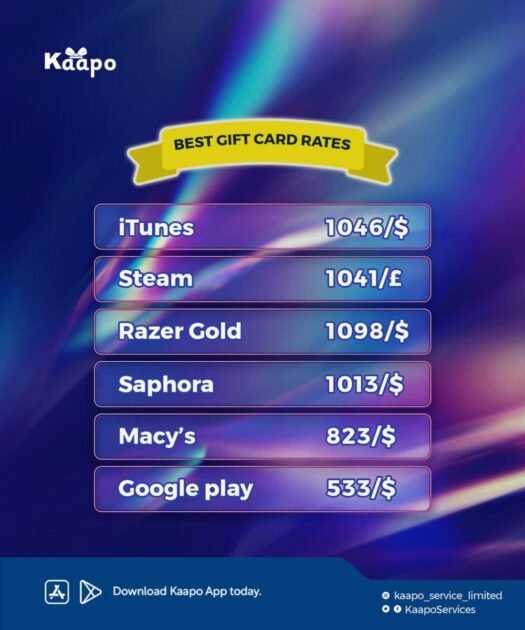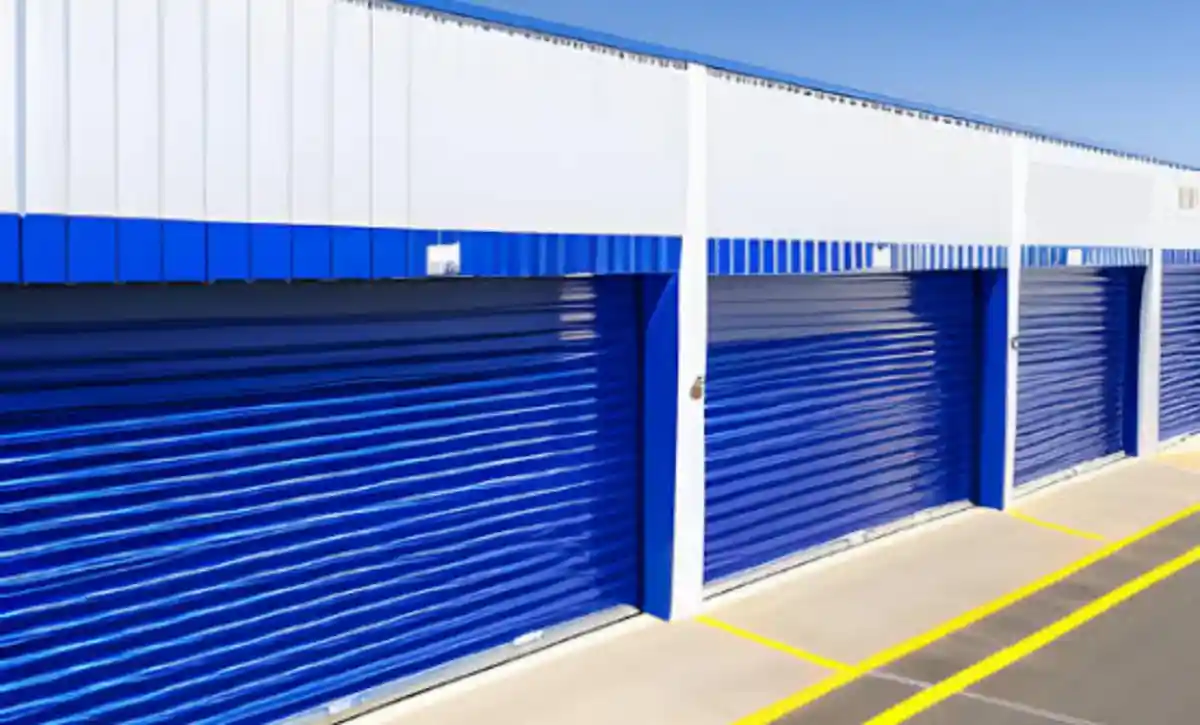FedEx is a multinational courier delivery services company and a leading logistics company. You would find them in over 220 countries, with ambitious entrepreneurs you can become a part of through franchise partnerships. But is there really anything like “FedEx franchise”? You’ll find out shortly.
If you have ever thought about owning your own business, and have considered investing in a franchise, one such opportunity is FedEx. FedEx is a global brand in courier and delivery services. So, including FedEx in your research is not a bad idea at all.
In this post, you will get to know just beyond “if there is anything like a franchise in FedEx” and how to start a FedEx franchise, the key aspects such as financial requirements, application procedures, and tips to set you up for success.
Can FedEx Be Franchised?
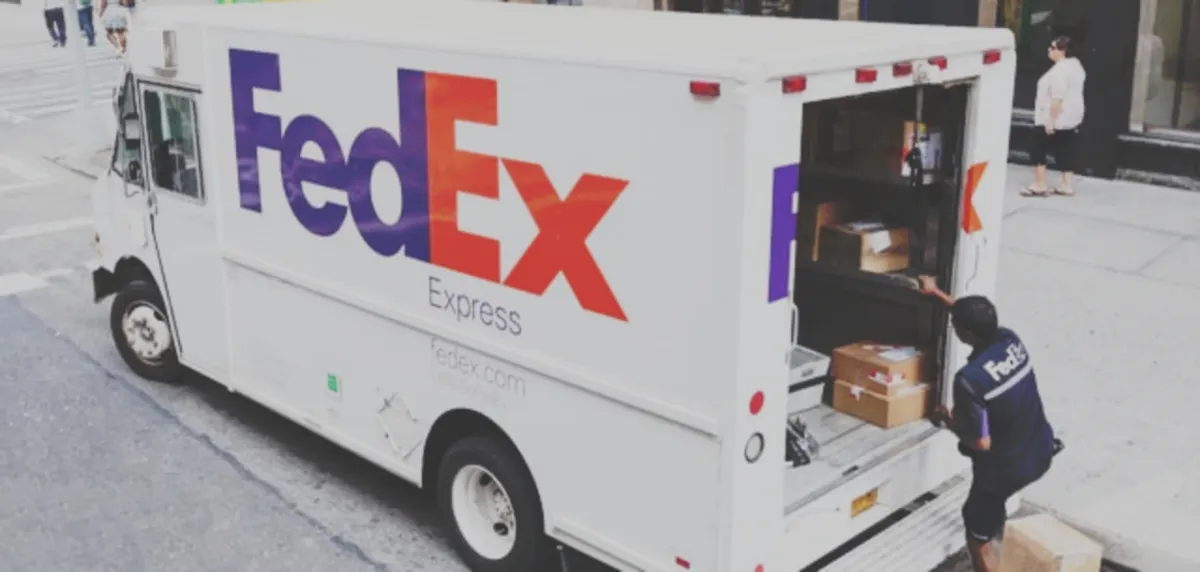
FedEx is not a company that operates on a franchise model. Instead, FedEx operates through a network of independent contractors who own their “routes”.
These contractors are not franchisees, but independent business owners who enter into an agreement with FedEx to deliver packages along specific routes. They are responsible for their own expenses, such as vehicles, fuel, maintenance, and employee salaries. However, this business model has been subject to change and legal scrutiny over the years. As such, the specifics might vary based on location and the current legal climate.
How Does a FedEx Franchise Work?
The FedEx franchise model operates under a unique system compared to the traditional franchise model. FedEx, one of the world’s leading courier and delivery services companies, has a business model that uses independent contractors, instead of employees, to handle the delivery services.
These independent contractors can be thought of as franchisees as they use the FedEx brand, follow the company’s rules and regulations, and service a specific territory, just like a traditional franchisee.
FedEx contractors are officially known as Independent Service Providers (ISPs), and they own their routes and vehicles, and hire their drivers. So, you can say that they are small business owners, running their operations under the FedEx brand name.
ISPs can own multiple routes and manage a team of drivers to deliver packages within those territories. FedEx sets the standards for operation, delivery times, and route structures, while the ISPs handle the logistics, staffing, maintenance, and other day-to-day aspects of their service. ISPs earn revenue based on a combination of factors including the number of packages delivered, the type of packages, and the service area’s characteristics.
The advantage of this model for FedEx franchise is that it outsources a significant part of its operations, and reduces overhead and operational costs. For the independent contractors, the advantages are that they can leverage FedEx’s established brand name, customer base, and logistics technology, without having to build these elements from scratch. However, becoming an ISP also comes with challenges such as high upfront costs, extensive responsibilities, and dependence on FedEx’s business decisions.
How to Start FedEx Franchise
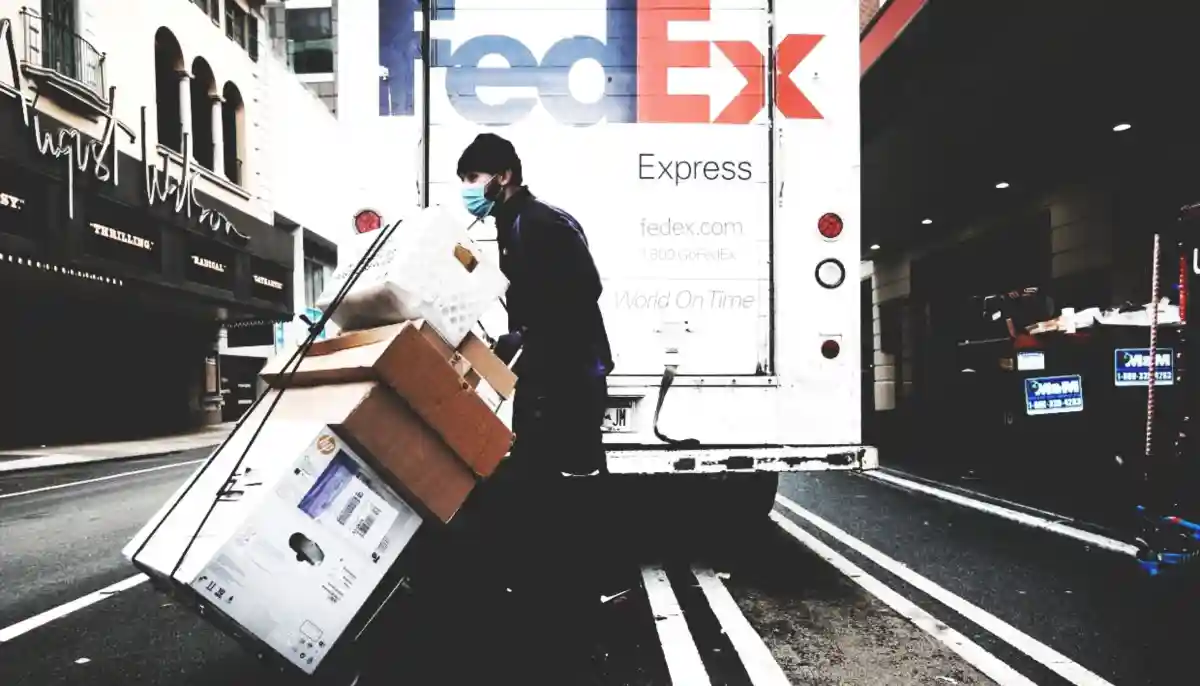
So, how do you get into FedEx franchise and make the most money? Let’s find out.
1. Understand the Business Model
Don’t rush it; you need to understand FedEx franchise model at least. FedEx franchises operate under a unique business model. Unlike many franchising systems where the franchisee owns a brick-and-mortar location and operates under the company’s brand, FedEx offers franchise opportunities in the form of Independent Service Provider (ISP) and Independent Contractor (IC) models.
As an ISP, you own your vehicles, hire your drivers, and manage your routes within a specific geographic area. The IC model is similar but is typically more suited for smaller operations.
FedEx is not a traditional franchisor, and it does not require a typical franchise fee. Instead, as a prospective franchisee, you must invest in their vehicles, insurance, and operational aspects of the business, as well as meet certain FedEx standards and qualifications.
2. Assess the Requirements
While considering a FedEx franchise, determine whether you can meet the various specific requirements in 3 categories including financial readiness, operational standards, and legal obligations.
a. Financial readiness
- Consider your initial investment. The estimated initial investment for a FedEx franchise is between $70,000 and more than $500,000. This includes buying the delivery routes, operation vehicles, and necessary equipment. As a franchisee, you will need to cover start-up costs such as insurance, licensing, and employee salaries during the initial phase. Overall, your planned franchise size is a major factor in the estimate.
- Net worth and liquid assets. FedEx requires you to have a minimum net worth of $150,000. A portion of this net worth has to be in liquid assets, which are easy-to-access funds available for business needs. So, you will typically need at least $75,000 in such liquid assets.
b. Operational standards
FedEx also expects you to meet operational standards to maintain the brand’s reputation and service quality, including the following:
- Vehicle and equipment standards. Remember, you need your own vehicles and to adhere to the FedEx vehicle standards. The vehicles must be well-maintained, insured, and equipped with all tools for package delivery.
- Staffing and route operations. Also, it is your responsibility to hire staff, including drivers. So, you generally manage the operations within the routes you own.
c. Legal obligations
Of course, you have legal obligations to fulfill. These include:
- Insurance. You need adequate insurance coverage for your operations. This should include vehicle insurance and liability insurance.
- Compliance: Make sure to comply with all federal, state, and local laws and regulations of your operations. You must make sure to abide by employment laws, tax laws, and any industry-specific regulations.
- Contractual Agreements: As a participant of FedEx franchise, your agreement with FedEx, is legally binding, and you must fulfill your duties and responsibilities as outlined in the contract.
3. Begin the FedEx Franchise Application Process
The final stage – the application stage! Usually, after your purchase, FedEx provides an onboarding process to familiarize you with operations. It typically includes training on FedEx systems, delivery procedures, and customer service standards. Below is the procedure for your FedEx route application.
a. Research
Conduct extensive research on the FedEx franchise model, which includes exploring all the resources available online and offline. Also, talk to existing franchisees if possible. You want to understand the nature of the business, financial implications, and commitments required.
b. Initial Inquiry
You have a formal engagement with FedEx when you fill out the online inquiry form on the FedEx website. This inquiry form asks for basic information about you, including your contact details and geographical preferences for your franchise.
c. Pre-qualification discussion
Following the initial inquiry, a FedEx representative will contact you for a preliminary discussion. The objective is to understand your business goals, assess your initial suitability, and clarify any questions you might have about the FedEx franchise model.
d. Submit a formal application
If you qualify for the FedEx franchise, you’ll be invited to submit a formal application. This application includes a detailed overview of your financial status, previous business experience, credit history, and ant experience in logistics or delivery services.
You would also have to sign the Operating Agreement, which details the rights and responsibilities of both parties. After signing the agreement, you can proceed with purchasing your desired delivery routes and begin setting up your franchise.
How Much Does It Cost to Franchise FedEx?
As mentioned earlier, there is no traditional franchise model on FedEx, but rather, the company operates through a structure known as Independent Service Providers (ISPs). You don’t also pay franchise fees or royalty fees to be paid to FedEx.
Let’s break this down into:
- Initial costs
- Operational costs
Initial costs
The initial investment for a FedEx route varies widely, starting at around $30,000 and can go up to as much as $600,000. This depends on the scale of the operation (the number of routes purchased) and the geographical location. Urban routes tend to be more expensive due to their high package volume and efficiency. In contrast, rural routes, although cheaper, come with their own set of challenges, like increased travel times and reduced package volumes.
Route prices also vary depending on their profitability. The more profitable the route, the more it costs. A route’s profitability is primarily determined by the volume and density of deliveries, the efficiency of the route, and the salary expenses of drivers.
The cost of buying trucks is another significant upfront cost. A used FedEx delivery truck can cost between $20,000 and $40,000, while a new one can be in the range of $30,000 to $50,000. Keep in mind that owning multiple routes often requires multiple vehicles. Furthermore, you’ll need to budget for vehicle maintenance, fuel, and insurance.
Operational costs
After covering the initial costs, ongoing operational costs come into play. These include fuel, vehicle maintenance, employee salaries, insurance, and licensing. Fuel expenses fluctuate based on fuel prices and route distances. If you own a rural route, you may be looking at higher fuel costs. Vehicle maintenance is a recurring expense that includes periodic servicing, tire replacement, and other repairs.
Employee salaries constitute a large portion of operational costs. As the owner, you’re responsible for hiring and paying your drivers. Salaries vary based on factors such as local labor laws, industry standards, and the complexity of the routes.
Insurance costs, which include vehicle and worker’s compensation insurance, are also significant. The amount varies depending on the number of vehicles and employees you have. It’s worth noting that FedEx requires its contractors to have specific levels of insurance.
Another operational cost is licensing. The costs for obtaining a business license vary by city and state, so check with your local municipality.
While the costs of running a FedEx route (or FedEx franchise) can be high, the potential returns can be attractive. Experts estimate the average annual profit per route to be between $30,000 and $40,000. or more, depending on your location and management skills.
FedEx Franchise Opportunities
FedEx offered two types of opportunities: FedEx Ground and FedEx Home Delivery routes. These aren’t traditional franchises but instead are contractor opportunities where you purchase routes and become a contractor to FedEx.
The FedEx business model offers several advantages. Firstly, it operates within a high-demand industry; the package delivery market is massive and continues to grow with the rise of online shopping.
FedEx is also a recognized and respected brand, which can be a significant advantage for business owners. The routes system can potentially provide stable income, as routes are assigned based on territory. Once you purchase a route, all the businesses and residences within that territory are your customers. Moreover, the initial investment for a FedEx route may be lower than other franchise opportunities, making it more accessible for potential owners.
However, owning a FedEx route also comes with its own set of challenges. Route owners are responsible for hiring and managing a team of drivers, maintaining vehicles, and ensuring deliveries are made on time. Also, profits can be affected by factors out of your control, such as fuel costs or changes in FedEx’s contractor policies. Profitability also depends on the efficiency of your operations and the density of your route.
How Much Do Fedex Franchise Owners Make?
Your income as a FedEx franchise owner depends on factors, including the location and size of the route, the efficiency of the operations, and the specific contract terms with FedEx. Franchise owners in densely populated or high-demand areas may have the potential to earn more than those in less busy regions. Per reports, FedEx route owners could make between $30,000 to $40,000 per route, per year on average. Some route owners, who own multiple routes, can earn over $100,000 annually after expenses.
For instance, an owner with up to 5 routes may make anywhere from $150,000 to $200,000 a year in a FedEx franchise.
Now, when you include the costs involved (purchasing or leasing the delivery vehicles, paying employee salaries and benefits, fuel costs, maintenance, insurance, and licensing fees, among other things), these affect the final net income you will make.
Is FedEx a Good Franchise to Own?
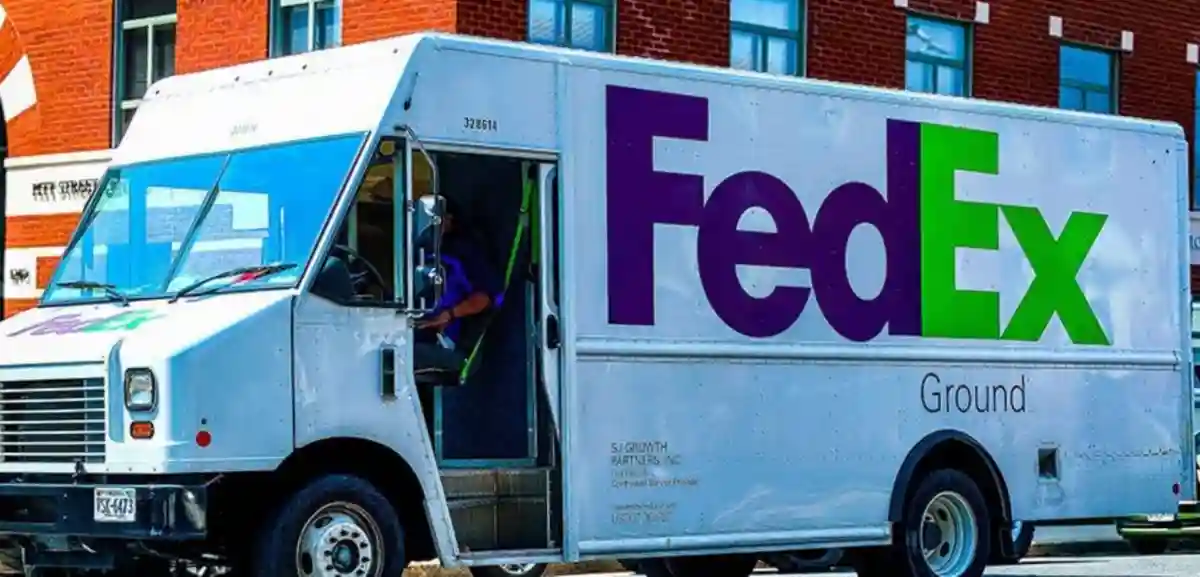
An Independent Service Provider (ISP) is akin to owning your own business, where you invest in your vehicles, employ your drivers, and manage the operations. However, you also enjoy the benefits of working under the FedEx brand, including access to its extensive infrastructure, technology, and support systems.
1. Brand recognition
FedEx is a renowned name in the courier and delivery service industry. So, working with FedEx brand automatically gains your customer trust, thereby reducing the marketing and branding efforts that a new business usually requires.
2. Established Business Model
Speak of a successful business model, that’s FedEx for decades now. As an ISP, you are merely replicating this model, reducing the risks associated with starting a business from scratch.
3. Support and training
FedEx will train and support you as its franchise owner. You will undergo initial and ongoing training sessions that cover operations, customer service, technology, and business management.
4. Profitable investment
FedEx franchises have a record of strong financial performance. The demand for courier and delivery services is on the rise due to the growth of e-commerce and changing consumer habits. This, coupled with efficient business model and operational support, can result in profitable business operations.
5. Employee management
You are responsible for hiring, training, and managing your own staff. This task requires good management skills and an understanding of labor laws and regulations.
6. Compliance with standards
FedEx has high standards for service delivery, which franchisees must meet. You need to ensure your operations align with the company’s expectations regarding package handling, delivery times, and customer service.
Franchise Comparisons: FedEx Vs UPS Vs Aim Mail Centers
| Particulars | FedEx Franchise | UPS Store Franchise | AIM Mail Centers Franchise |
|---|---|---|---|
| Initial Investment | $70,000 – $500,000 (depends on routes and scale of operation) | $168,885 – $398,323 | $177,000 – $289,000 |
| Franchise Fee | No typical franchise fee but requires investment in routes and operational costs | $29,950 | $29,950 |
| Ongoing Royalty Fee | No typical royalty fee but variable costs based on operations | 5% | 5% |
| Ad Royalty Fee | Not specified | 2.5% | Varies |
| Net Worth Requirement | $150,000 | $150,000 | $250,000 |
| Liquid Cash Requirement | $75,000 | $60,000 – $100,000 | $80,000 |
| Business Model | Independent Service Provider (ISP) or Independent Contractor (IC) Model | Store-based franchise | Store-based franchise |
| Training and Support | Yes, operational and onboarding support | Yes, includes two weeks at the UPS Store University | Yes, includes initial training and ongoing support |
Frequently Asked Questions
Is it worth investing in FedEx?
Yes, it is worth it to invest in FedEx franchise as FedEx itself as a brand is gaining massive growth in the industry.
Can a franchise make you a millionaire?
Franchise in FedEx can make you a millionaire if you know what you are doing.
Resources
- Meet FASC Program Participants. FedEx
- Here’s Why Investors Should Buy FedEx (FDX) Stock for Now. NASDAQ
Read also: How to Become a Sephora Distributor and Make Money


